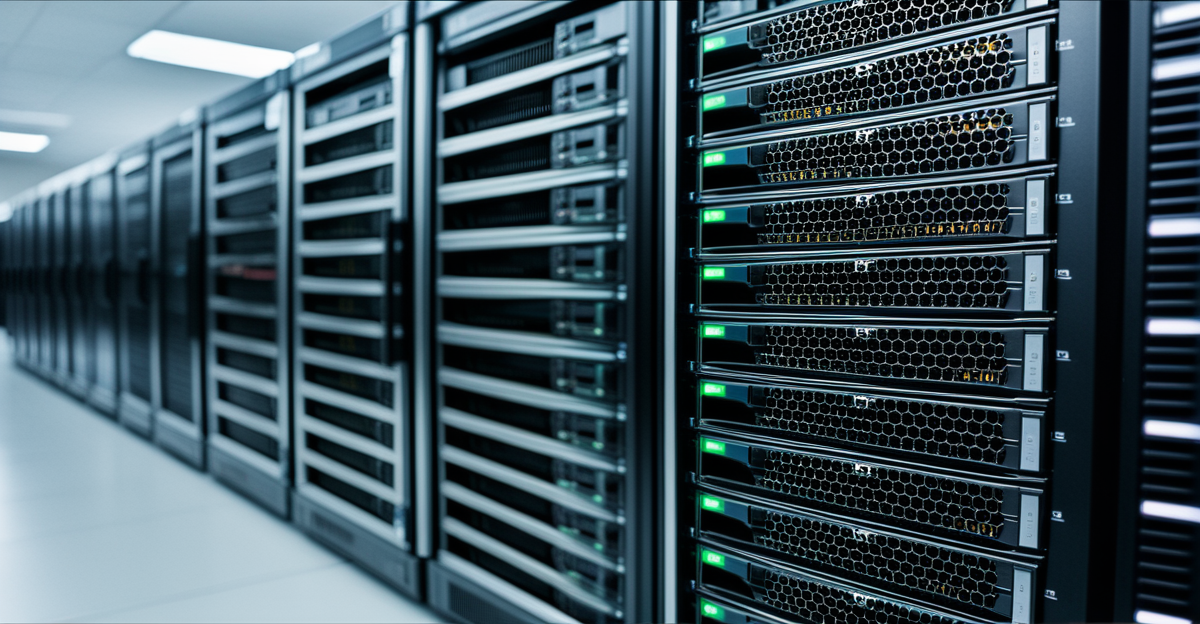Refurbished servers offer a cost-effective, reliable alternative to new hardware without sacrificing performance or security. Understanding how servers operate and their various types can help businesses choose the right setup. Leveraging refurbished options empowers organizations to optimize infrastructure, reduce expenses, and maintain scalability while ensuring continuous service delivery in dynamic computing environments.
Understanding Servers: Definition, Function, and Core Concepts
You can view more details on this page: https://eshop.evernex.com/.
Additional reading : Unlock business potential using trusted refurbished servers
A server is a dedicated system both hardware and software that delivers resources and services such as files, applications, or data to other computers (clients) over a network. Servers process incoming requests, authenticate users, and coordinate essential services like web hosting, email delivery, file sharing, or database access. Unlike regular desktop machines, server hardware is designed for reliability, with features like redundant power supplies, error-correcting memory, and rack-optimized chassis.
The core of every server is its operating system, often a robust solution like Windows Server 2025 or a Linux distribution, which manages network communication and controls hardware access. Servers may function as physical machines or be subdivided using virtualization, where a physical host supports multiple isolated virtual machines. Virtualization brings flexibility and efficiency critical for modern data centers and cloud platforms.
Additional reading : How Does Emerging Hardware Technology in the UK Affect Data Privacy?
Current trends such as refurbished servers help organizations meet green IT goals and optimize budgets. For instance, refurbished equipment offers solid performance with environmental certifications, making it a smart choice for sustainable tech.
Types of Servers and Their Applications
File servers, print servers, and database servers: roles and basic requirements
File sharing server options enable the secure distribution and storage of files, with centralized access management and reliable backup and disaster recovery. Print servers manage printing resources efficiently, letting many users send jobs to shared devices with minimal setup. When focusing on database server configuration, it’s important to consider query performance, redundancy, and regular data backups to ensure availability and fast response for business operations.
Web servers, DNS servers, mail servers, and proxy servers in networking and hosting
Web server optimization ensures rapid content delivery through techniques like caching and load balancing, maximising performance for high-traffic sites. DNS management strategies link domain names to network resources; DNS servers ensure requests for popular web addresses are resolved quickly. For privacy and security, many firms adopt proxy server configurations, positioning proxies as intermediaries between users and the resources they seek.
Cloud and virtual servers: efficiency, scalability, and use cases for business environments
Cloud infrastructure providers deliver instant scaling capabilities ideal for businesses needing adaptable resources. Virtualization multiplies physical capacity, allowing one server to host many virtual machines. The benefits include reduced hardware expenditure and the agility to deploy new services rapidly. Businesses gain flexibility and cost savings compared to traditional in-house setups.
Modern Server Setup, Maintenance, and Sustainability
Key hardware specifications and choosing the right server for specific workloads
Selecting the right server hardware starts by identifying workload requirements. Look at processor cores, scalable memory, fault-tolerant disk storage, and redundant power supplies. Blade servers and modular chassis optimize data center management and simplify server upgrades for new applications. To maximize server cost optimization, match hardware features to your workload—avoid over-provisioning, which increases operational costs and energy use unnecessarily. Storage selection, whether local, network-attached, or in the cloud, should support seamless backup and disaster recovery strategies vital in maintaining business continuity.
Importance of server maintenance, monitoring, and disaster recovery for uptime and reliability
Server maintenance best practices include regular server patching, employing server monitoring tools to detect hardware failures, and verifying backup and disaster recovery processes through routine tests. Effective data center management reduces downtime with robust environmental controls and proactive security checks. By using server maintenance best practices, organizations keep critical services available and scalable. A clearly defined backup schedule spanning local, remote, and cloud-based systems offers peace of mind and swift data restoration in the event of failure.
Sustainable choices with refurbished servers and energy-efficient practices in server management
Opting for refurbished servers reduces both expenses and environmental impact, advancing sustainability within data center management. Modern energy-efficient server solutions lower electricity consumption, cutting costs for power and cooling while decreasing carbon footprints. Using refurbished servers from reliable sources helps achieve server cost optimization, without sacrificing performance or reliability. Combined with disciplined server maintenance best practices and comprehensive backup and disaster recovery plans, these choices support robust, efficient, and sustainable IT operations.





